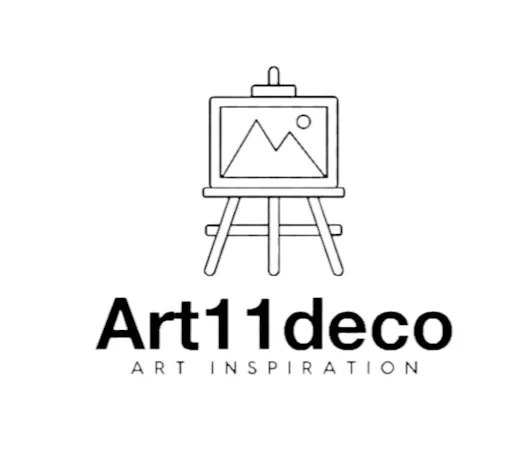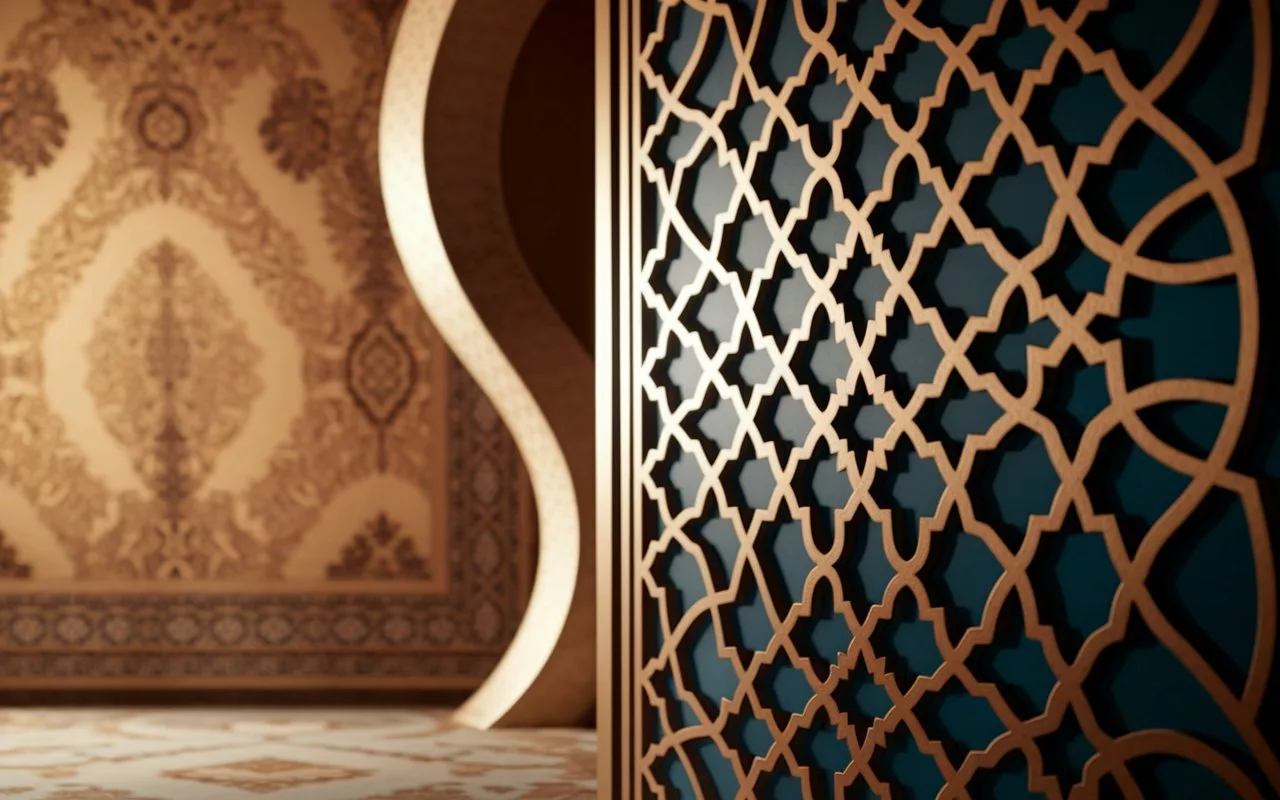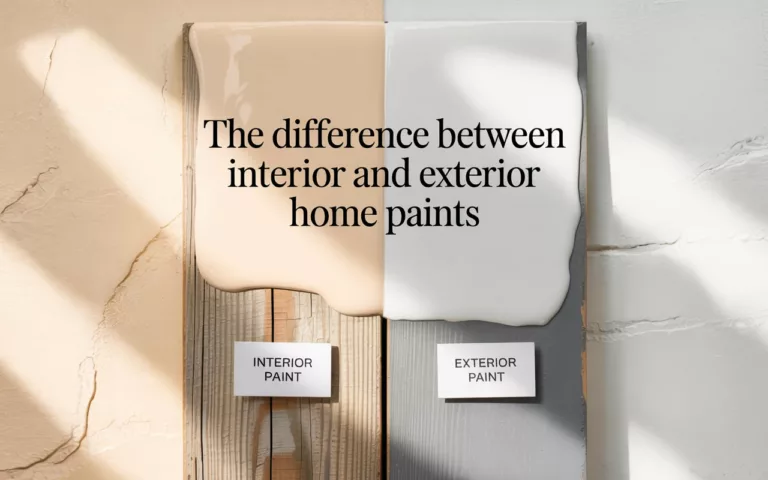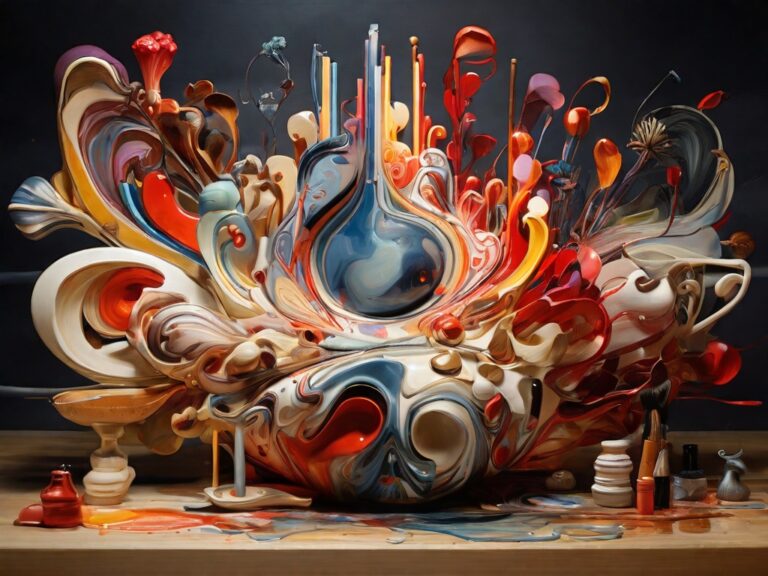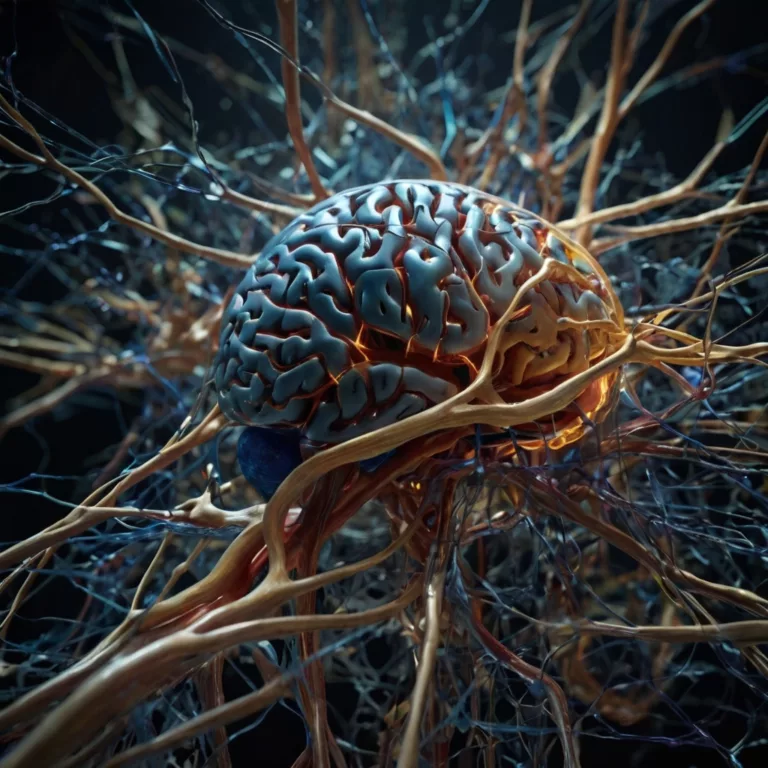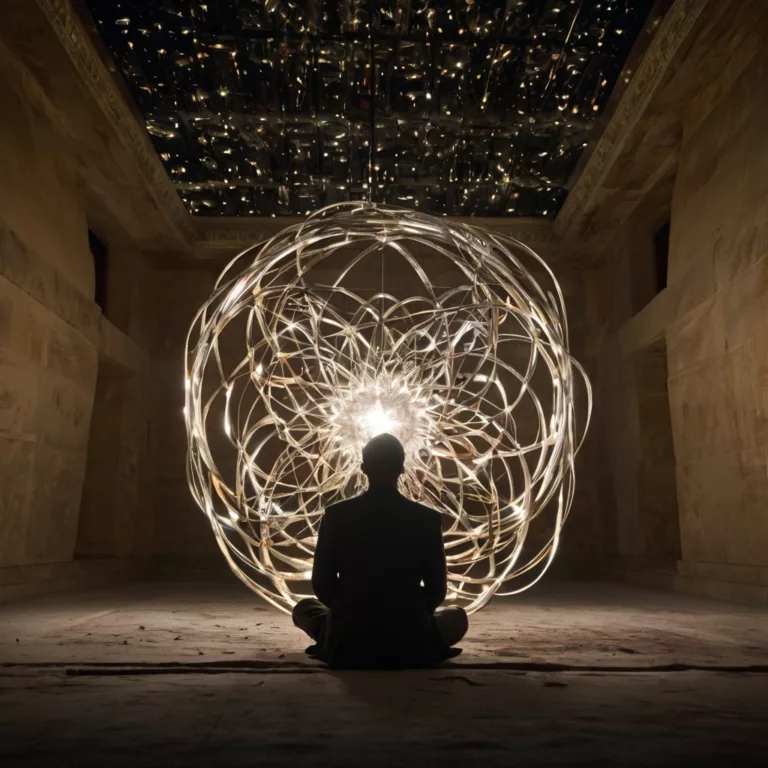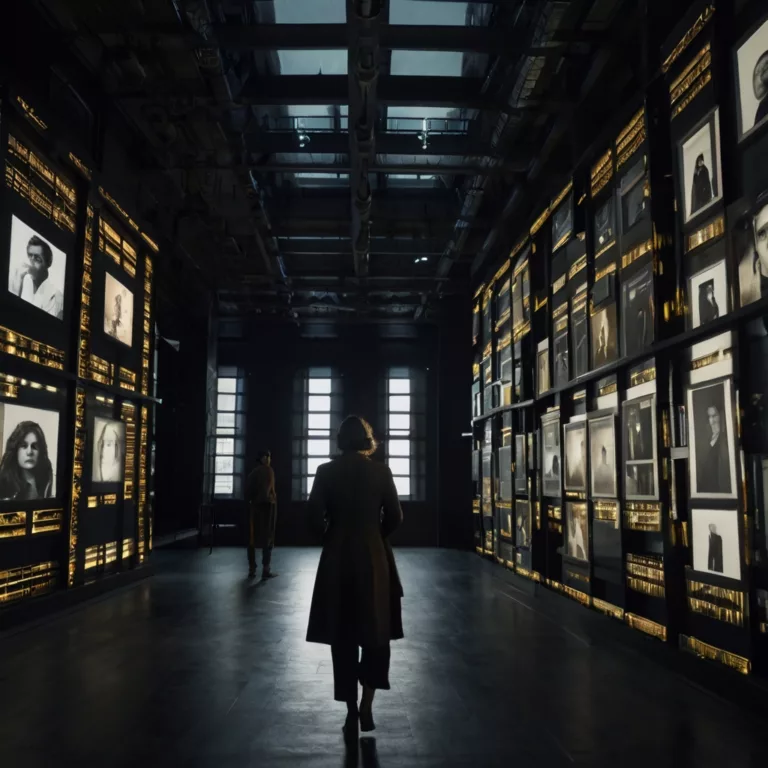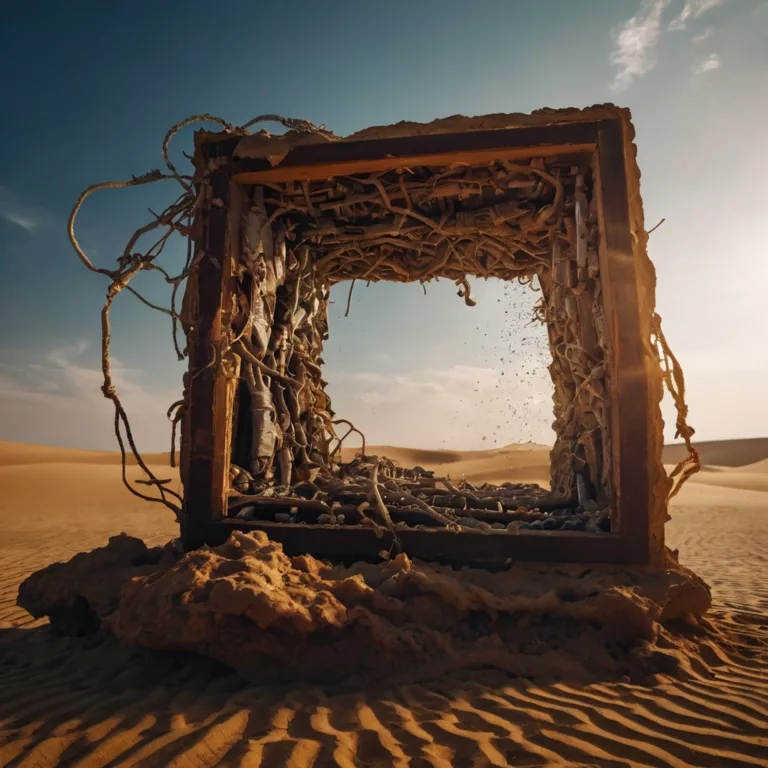Introduction: The Philosophy of Beauty That Embodies the Universe
Islamic art is not merely decoration but a philosophical vision reflecting the balance between the material and the spiritual, rooted in the principle of Tawhid (divine oneness). In Morocco, this art evolved into a cultural language blending Amazigh, Andalusian, and Saharan influences, crafting a unique identity mirroring the region’s geographic and historical diversity. Here, we delve into this legacy to explore how artists transformed geometry into prayer, calligraphy into poetry, and clay into narratives of existence.
1. Sacred Geometry: Mathematics as Spiritual Ritual
– Secrets of Zellij: The Dance of Numbers Between Earth and Sky
Moroccan zellij (ceramic mosaic) is not random ornamentation but a precise mathematical system based on periodic crystallization theory, studied by scholars like Abu Rayhan al-Biruni. Each 1×1 cm tile is arranged in patterns such as:
- Hexagonal motifs: Symbolizing beehives, representing order and cooperation.
- Octagonal motifs: Reflecting Islamic cosmology, where the number 8 signifies the seven heavens and the divine throne.
At Attarine Madrasa in Fez, zellij tiles form infinite “fractal” patterns, embodying the Sufi concept of eternity.
– Architectural Interlacing: A Dialogue Between Mind and Hand
The wooden interlacing in palace ceilings, like El Badi Palace in Marrakech, relies on Euclidean geometry, where angles are calculated precisely to bear weight without nails. Developed by Moroccan engineers in the 12th century, this technique is a masterpiece of Islamic geometry.
2. Arabic Calligraphy: Letters as Bridges Between Humanity and the Divine
– Moroccan Square Kufic: A Signature of Identity
Moroccan Kufic script, shaped by Amazigh culture, features rigid geometric forms reflecting spiritual fortitude. In Qurans at Al-Qarawiyyin Library, letters are adorned with:
- Moorish gold leafing: An Andalusian technique symbolizing cultural exchange.
- Red dots: Inspired by Arabic musical notation, guiding recitation rhythm.
– Sufi Calligraphy: When Letters Mirror the Divine Self
In Sufi lodges like Sidi Bel Abbas in Marrakech, calligraphy became a meditative tool. Sufis inscribed Allah’s names using mirror writing, readable from both directions, symbolizing the unity of existence.
3. Botanical Motifs: Gardens of Paradise… From Symbol to Revolution
– Andalusian Legacy in Morocco: The Art of Plaster Carving
After the fall of Granada, Andalusian artists brought deep-relief plaster carving to Fez, seen in Ibn Youssef Madrasa. These motifs—grapevines and almond leaves—encode cultural symbols:
- Almond shapes: Representing fertility in Amazigh culture.
- Andalusian roses: Symbolizing martyrs’ blood during the Reconquista.
– Silent Revolution: Botanical Motifs in Feminist Moroccan Art
Contemporary artists like Radia Belhalli use botanical carvings to challenge marginalization. Her work Grandmother’s Leaves intertwines vines to symbolize the resilience of Amazigh women in preserving heritage.
4. Moroccan Pottery: Clay’s Dance Between Sacred and Global
– Sla Jars: Archives of Amazigh Symbols
In cities like Salé and Safi, pottery features Amazigh stamps:
- Ilimsh (8-pointed star): Connecting earth and sky.
- Tasnia (spiral): Reflecting life-death cycles.
These pre-Islamic symbols reveal Morocco’s layered history, absorbed without losing authenticity.
– Philosophy of Color: From Earth Pigments to Parisian Runways
Natural dyes define Moroccan pottery:
- Crimson red: From madder roots, used in sacred vessels.
- Turquoise blue: From Atlas Mountain limestone.
Today, these hues inspire designers like Elie Saab, featured in his Moroccan Soil collection.
5. Architecture: Structures That Narrate the Soul
– Hassan II Mosque: A 20th-Century Marvel
Built on the Atlantic as a “spiritual ship,” the mosque features:
- Retractable roof: Designed by Michel Pinseau to symbolize heaven’s openness.
- Hand-carved plaster: 6,000 hours of labor, inspired by the Quranic verse “We give life and cause death.”
– Riads: Architecture as Existential Philosophy
Traditional riads (courtyard homes) embody Islam’s concept of inner life:
- Central courtyard: Symbolizing the heart.
- Mashrabiya lattices: Balancing privacy and celestial connection.
Architect Aziz Chaouni revived these principles in Marrakech’s La Mamounia Hotel, where walls mimic Morocco’s terracotta earth.
6. Fashion: When Garments Become Visual Poetry
– The Kaftan: From Sufi Robe to Red-Carpet Icon
The Moroccan kaftan evolved through eras:
- 15th century: White wool for Sufi scholars.
- 20th century: Silk embroidery for royal women.
- 21st century: Zaha Hadid’s 3D-printed kaftan.
– Amazigh Jewelry: Silver Narratives Defying Time
Amazigh silver jewelry from the High Atlas carries symbols:
- Tiziri (crescent): Femininity and fertility.
- Inzam (cross): Balance of cardinal directions.
Designer Azzedine Alaoui transformed these into global antiques at Paris’s L’Antiquaire.
– Modernization Initiatives: Can Heritage Go Hi-Tech?
- “Memory of Clay”: Using AI to digitize zellij patterns.
- Doha’s Museum of Islamic Art: Showcasing Moroccan zellij with interactive displays.
Conclusion: Can Beauty Save the World?
Moroccan Islamic art is not a relic but a living testament to beauty transcending time and borders. In the digital age, this art could bridge spirit and technology—if we recognize that true innovation builds on the past. As we rediscover ourselves through our ancestors’ eyes, perhaps beauty will indeed be the universal language that unites us all.
